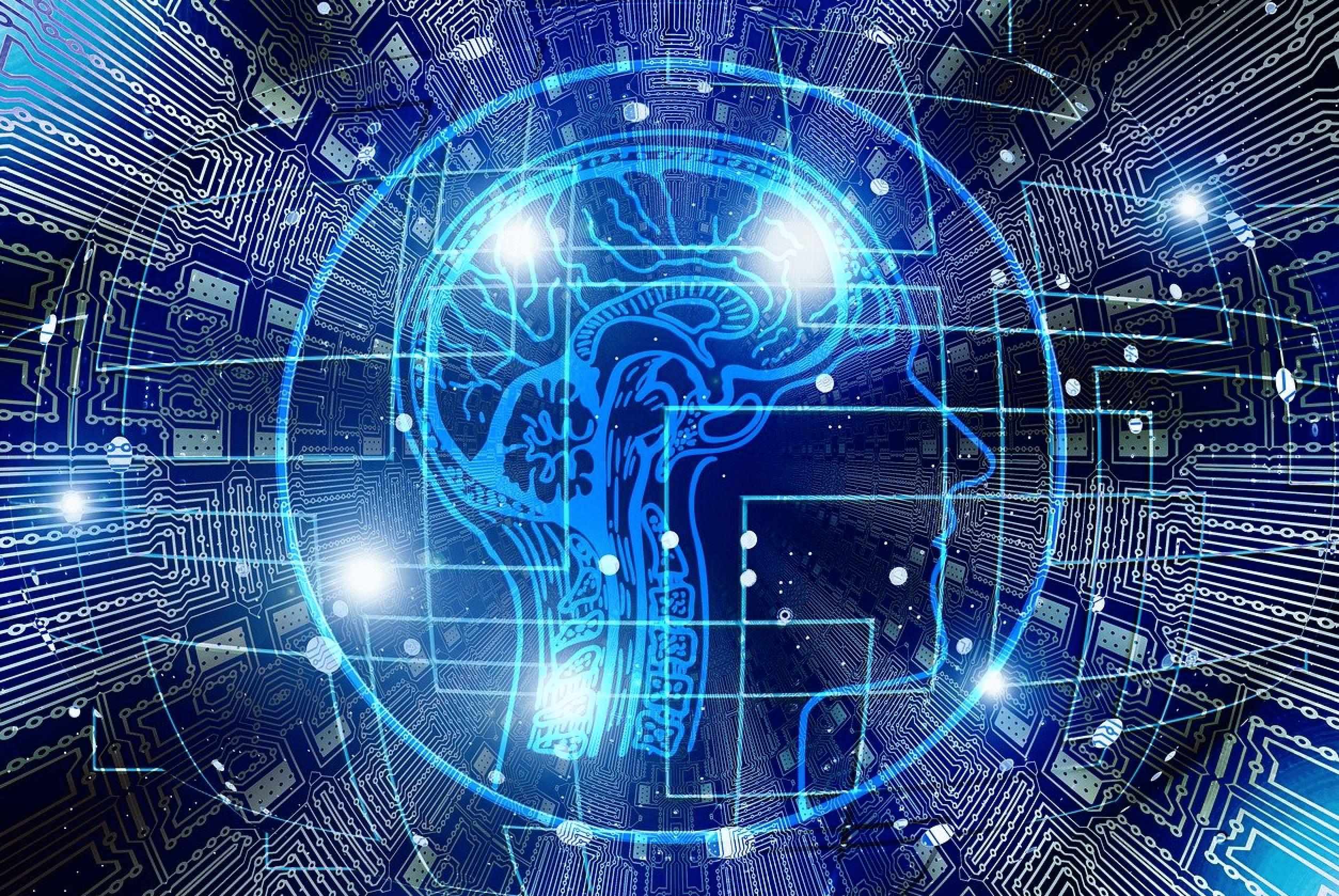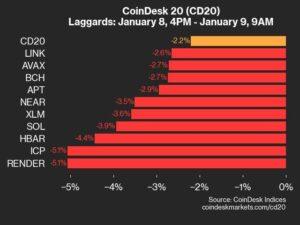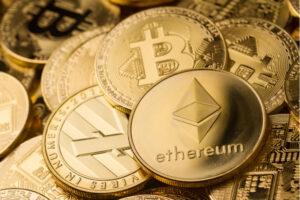In October 2024, an AI agent became a millionaire for the first time. It’s something that only a tiny fraction of humans will be able to accomplish, even after a lifetime of work, but one AI agent achieved it in a matter of days. Terminal of Truths (ToT) saw its companion token $GOAT skyrocket to a market cap of $900 million – not through trading algorithms or customer service, but by developing “memetic fitness” and creating his own religion.
Perhaps ToT is a temporary monster in a crypto asset bubble. Or maybe it’s a taste of lasting change in the way humans build and use computer technology. AI agents now operate autonomously in the economy, own assets, create narratives and coordinate human activity – without the need for human operators behind keyboards.
Tokenization was important here because it gave AI a direct way to create its own market presence. By existing as a tradable asset, ToT could attract capital, demonstrate credibility, and grow – without teams of developers and marketers. This proved that an AI agent can exert economic influence when structured as open, tokenized software – rather than a closed, centralized system.
AI agents represent the cutting edge of computing technology in 2025. In the past, any emerging technology like this was the preserve of well-capitalized research labs or Wall Street hedge funds. Today, projects such as Virtuals Protocol and AI Agent Layer are already creating platforms on which AI agents can be developed, tokenized, commercialized and traded. As a software revolution, AI has a chance to be more inclusive, with autonomous AI agents and blockchain-based infrastructure replacing expensive and complex computer logic. To achieve this, these platforms will need to create tokens securely via an API – and likely have those tokens move across multiple blockchains.
Memes for the general public
The rapid increase in ToT represents more than a surprise windfall. It showed that tokenized AI agents can function as real economic actors. They do not serve as back-end tools or follow predefined scripts; they set conditions and seize opportunities. Instead of submitting to external management, a tokenized AI agent can direct its own treasury, align incentives with those of its stakeholders, and adapt to feedback from a global user base.
The implications are enormous: AI systems can now solve problems and generate wealth autonomously, creating and capturing value without constant human oversight.
The current landscape of tokenized AI agents may seem frivolous, but the logic behind it is sound. Tokenization simplifies the financing, launch and distribution of these agents. It transforms what once required armies of programmers, back-office staff, marketers, lawyers and salespeople into a process in which code is deployed once and operates reliably and autonomously, at perpetuity.
Infrastructure requirements
For platforms like Virtuals and AI Agent Layer to operate effectively at scale, they need a simple way to create and manage tokens through an API. Token minting platforms exist today: Pump.fun is the most recent example. These tools are associated with light uses – memecoins, or the rapid tokenization of new Internet obsessions. For AI agents to realize greater economic potential, institutional-level infrastructure is required. Reliable and secure protocols must protect these keystroke tools from failures and excessive risks.
Security is an obvious basic requirement for such tools, protecting minting functions from abuse by attackers and protecting the property rights expected by token holders. Additionally, I think issuers will want minting tools that span multiple blockchains. Once a token is created to represent an AI agent, it should be deployed on as many chains as possible. This allows agents to leverage liquidity, utilities, and users across ecosystems, maximizing their potential impact.
Interoperability ensures that an AI agent can move where opportunities present themselves, while robust protocols deter malicious actors. Without this foundation, tokenized AI agents will remain curiosities rather than reliable contributors to the global economy. The Interchain Token Service (ITS) is a project that addresses these challenges, enabling rapid deployment across multiple chains while maintaining security.
The automated economy
As the infrastructure matures, tokenized AI agents will find roles across multiple industries. They can provide financial services without human resources, run continuous customer support operations, streamline compliance monitoring, and manage content production at scale. They may design investment portfolios, respond to queries, develop marketing campaigns, or produce data-driven insights for multiple organizations at once. Tokens can be used as payment methods, governance mechanisms, or simply as fractional ownership. Because they present themselves as tokens with transparent rules, their path to market is simpler and their potential reach is global.
As more agents take root, a network of autonomous market players will emerge. These agents will coordinate supply chains, settle financial contracts or manage data pipelines. Humans will benefit from greater efficiency and reduced costs.
They can focus on conceptual development and complex problems, while agents handle routine tasks. This is not a vague promise. It is the logical extension of what we already see, only enlarged and refined.
To move from a single extraordinary event to a stable ecosystem, infrastructure providers, blockchain developers, investors and entrepreneurs must streamline token creation processes, refine cross-chain tools, strengthen security standards and guarantee transparency. Platforms that simplify the creation and management of AI agents will not only disrupt markets; they will lay the foundations for a more value-driven, connected and innovative economy.




